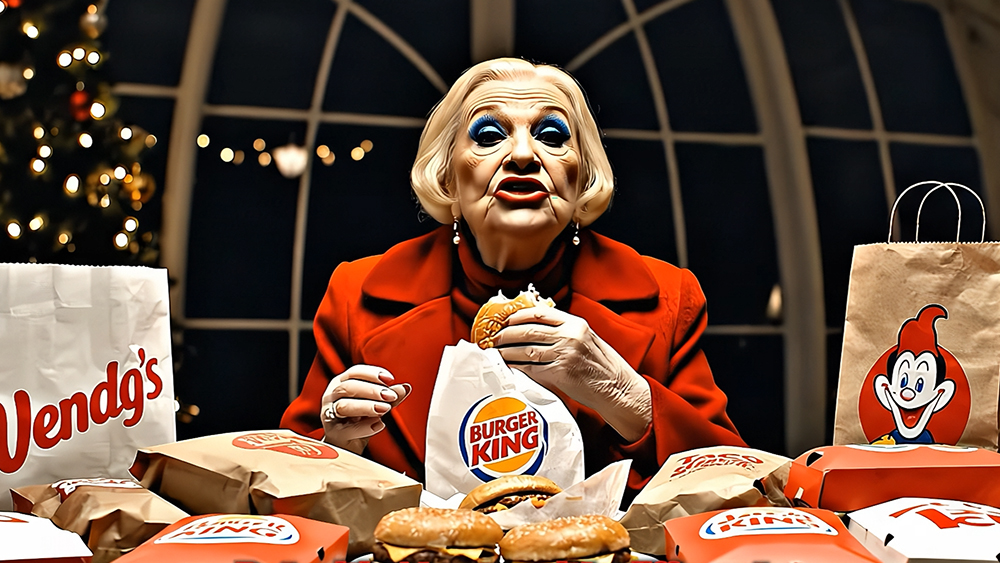Overprint in Photoshop
Creating stunning print work using overprinting allows you to experiment with unique colour combinations and can sometimes create an unpredictable end result, as Daniel Lowe and Norman Hayes reveal.
Overprinting occurs when an image, object or text is set to print over the top of the images beneath it. This is in contrast to a knockout, which removes the background images instead.
When creating artwork for print in any popular design application, the default setting is for the objects to knockout, and printers tend to prefer this method. Because there is less ink on the page, the prints will dry much faster.
There's an element of experimentation when using overprint, since the computer screen is not able to show exactly what the final outcome will be. This helps to put the designer back in touch with the printing process and tests and develops experience, because overprinting needs to be evaluated on a job-by-job basis.
The degree of transparency in printing depends on the ink, paper and printing method used. All black text elements at 12pt or smaller can overprint, preventing the risk of getting a thin white line around the boundary of the type.
In this tutorial we'll show you the easy way to create an overprinted composition using bitmaps and vector graphics.
Click here to download the support files ( 2MB)
Click here to download the tutorial for free
Daily design news, reviews, how-tos and more, as picked by the editors.

The Creative Bloq team is made up of a group of art and design enthusiasts, and has changed and evolved since Creative Bloq began back in 2012. The current website team consists of eight full-time members of staff: Editor Georgia Coggan, Deputy Editor Rosie Hilder, Ecommerce Editor Beren Neale, Senior News Editor Daniel Piper, Editor, Digital Art and 3D Ian Dean, Tech Reviews Editor Erlingur Einarsson, Ecommerce Writer Beth Nicholls and Staff Writer Natalie Fear, as well as a roster of freelancers from around the world. The ImagineFX magazine team also pitch in, ensuring that content from leading digital art publication ImagineFX is represented on Creative Bloq.
